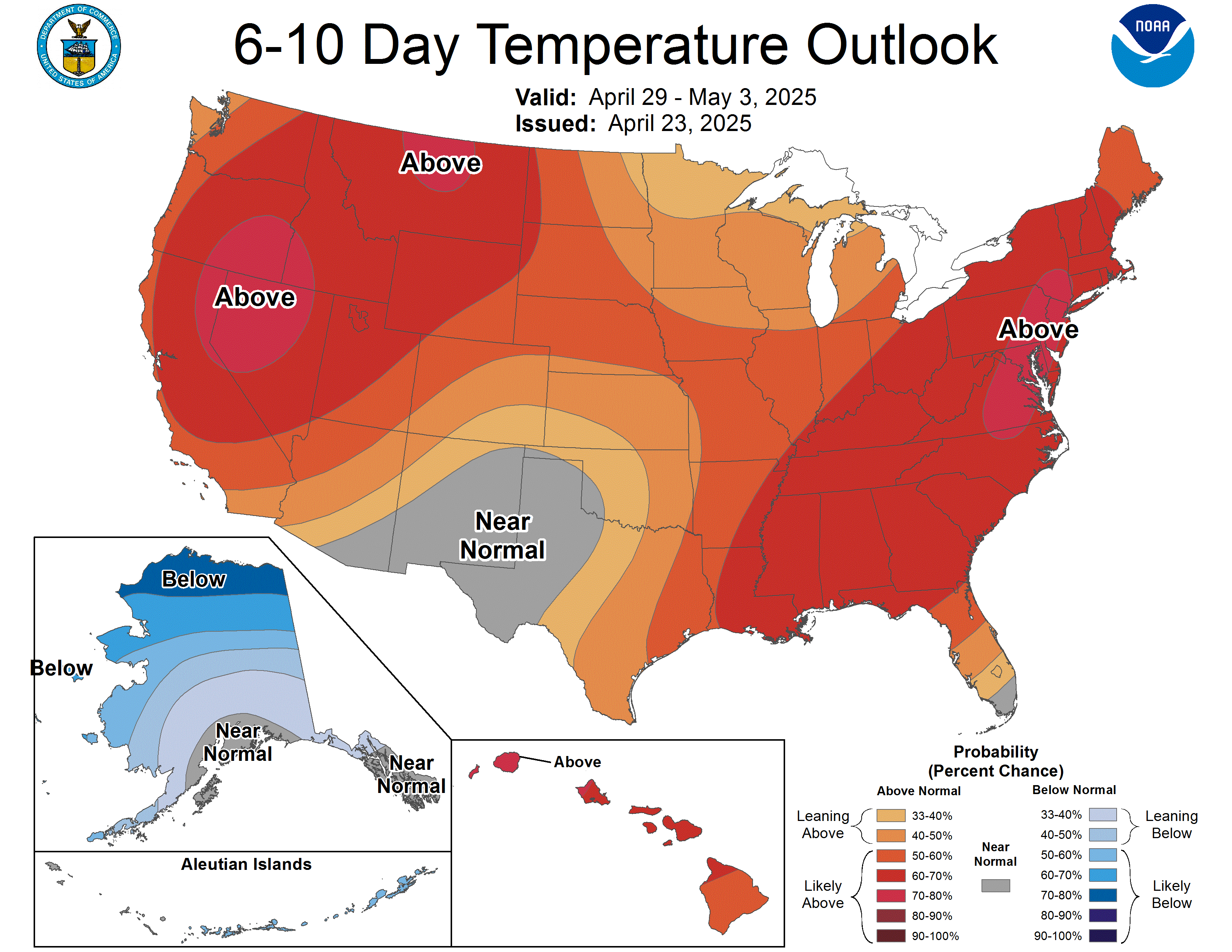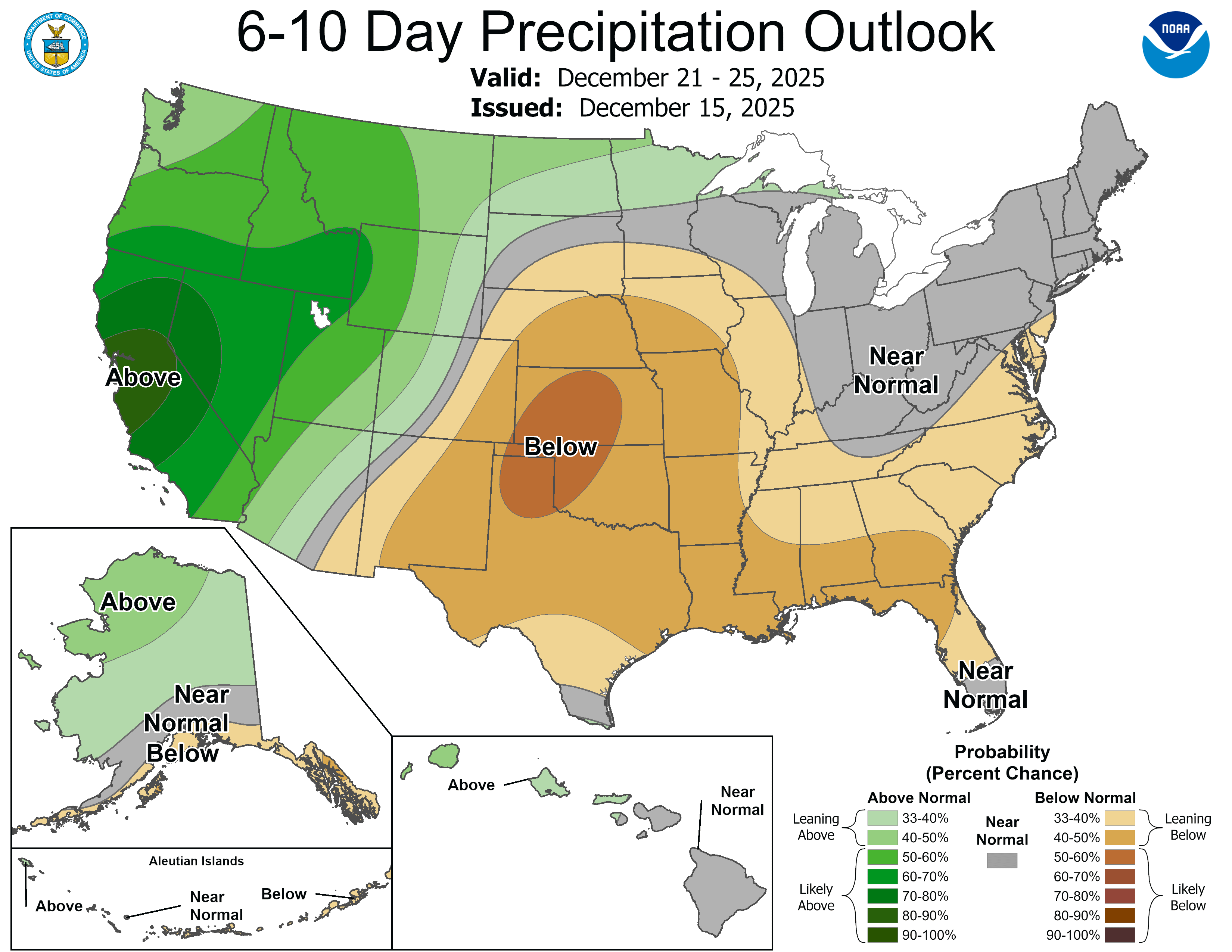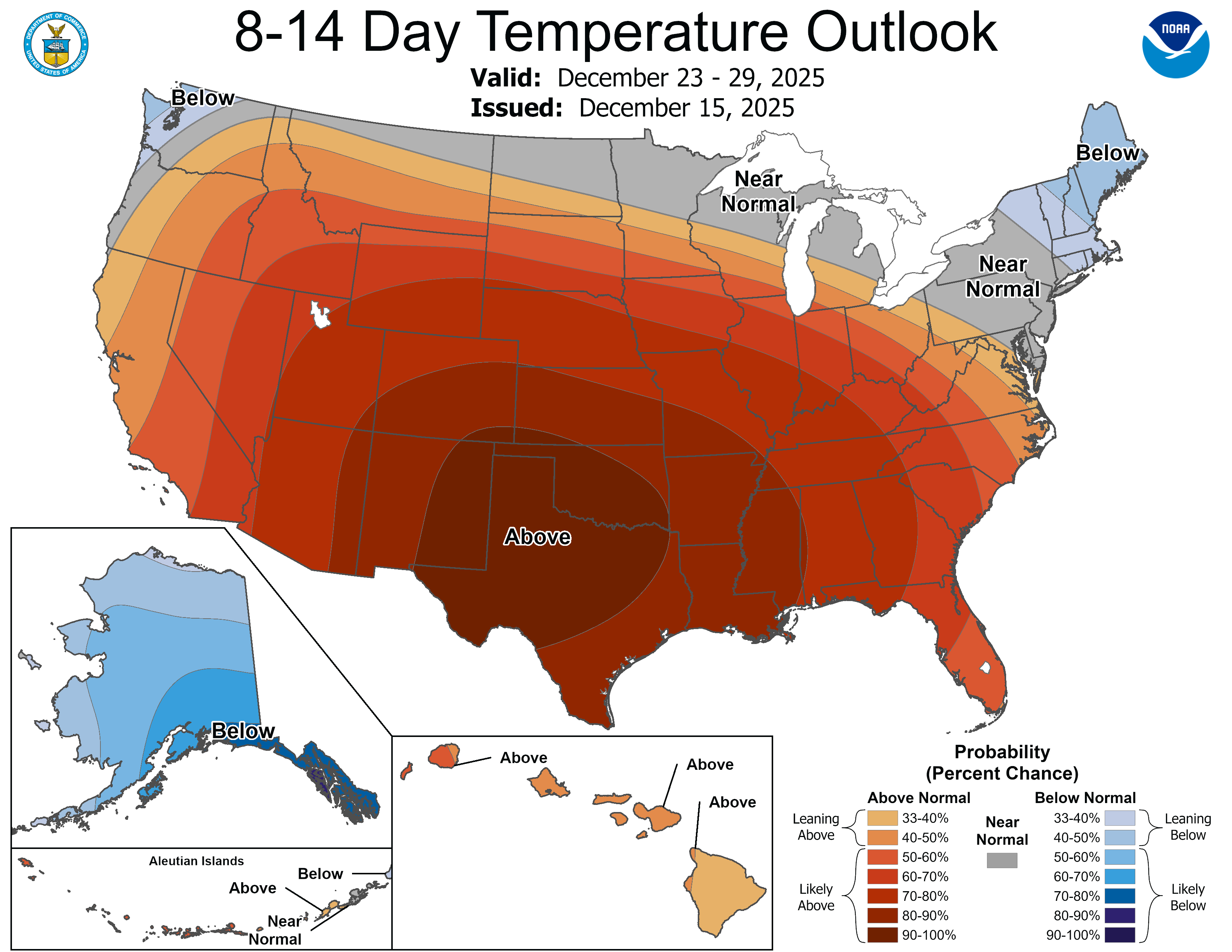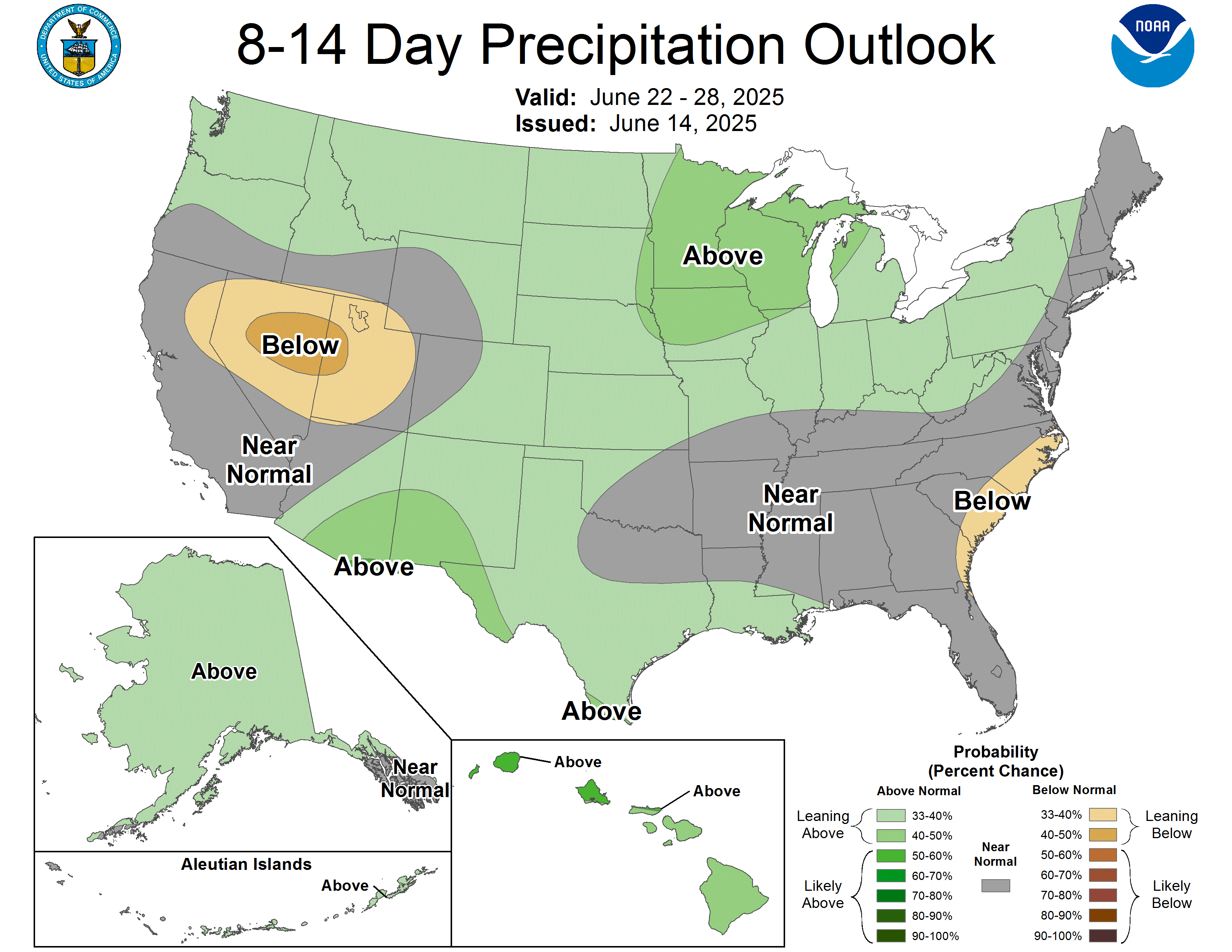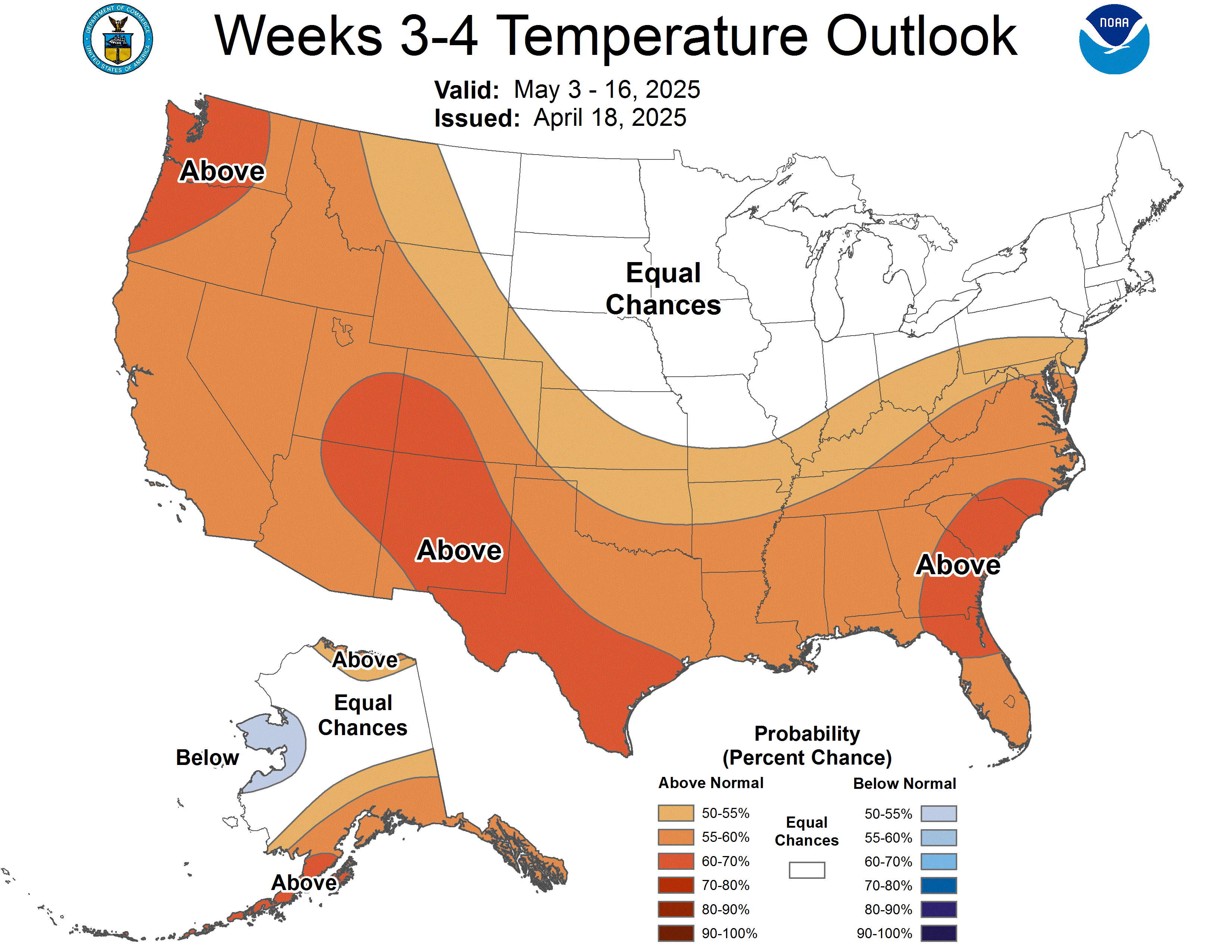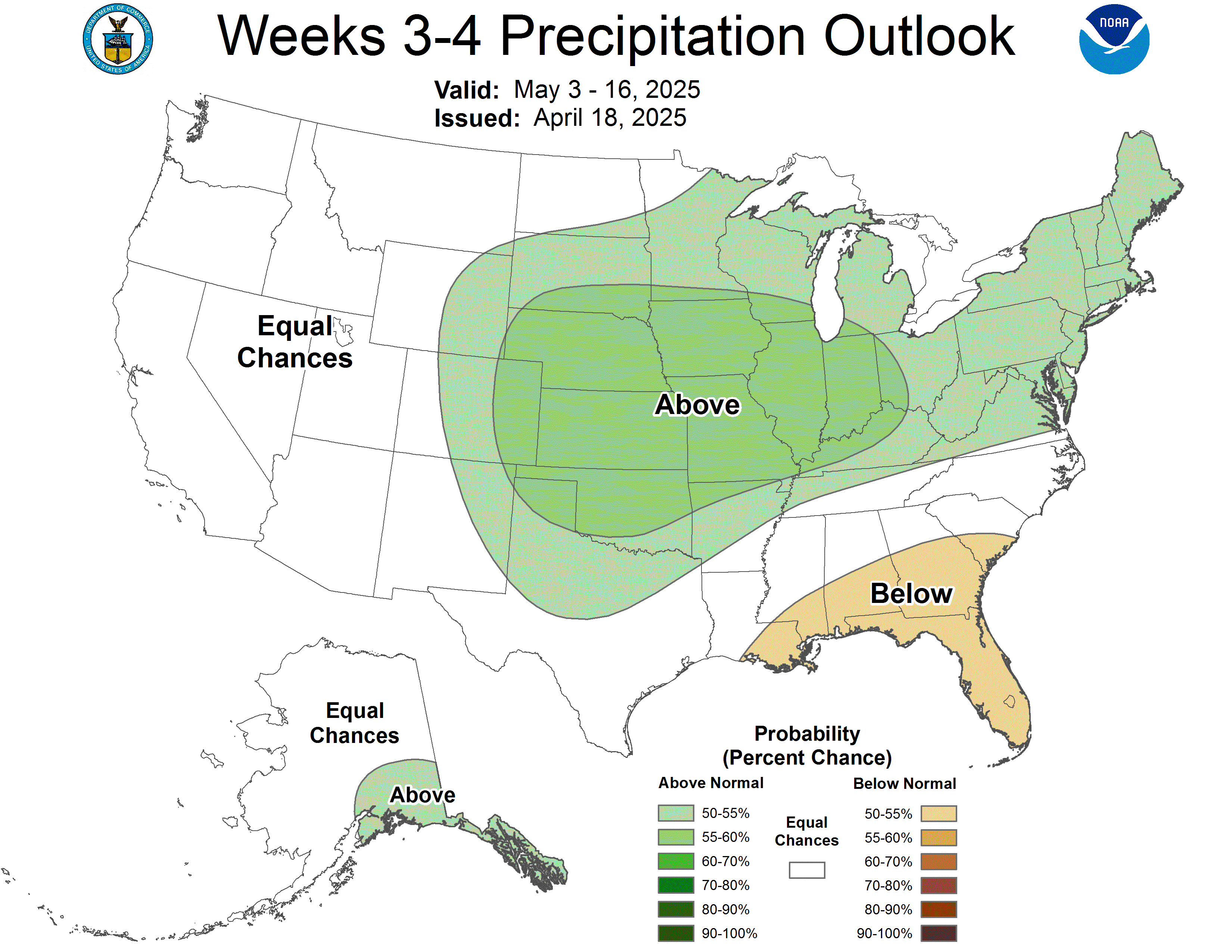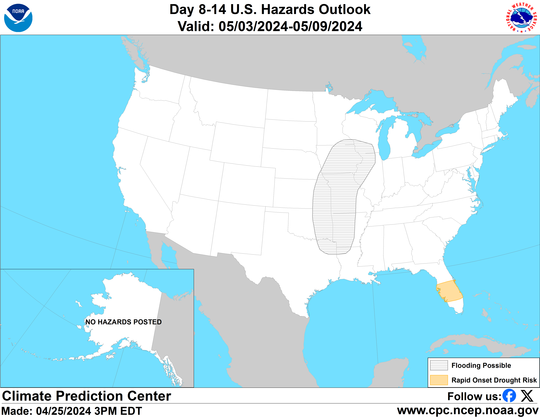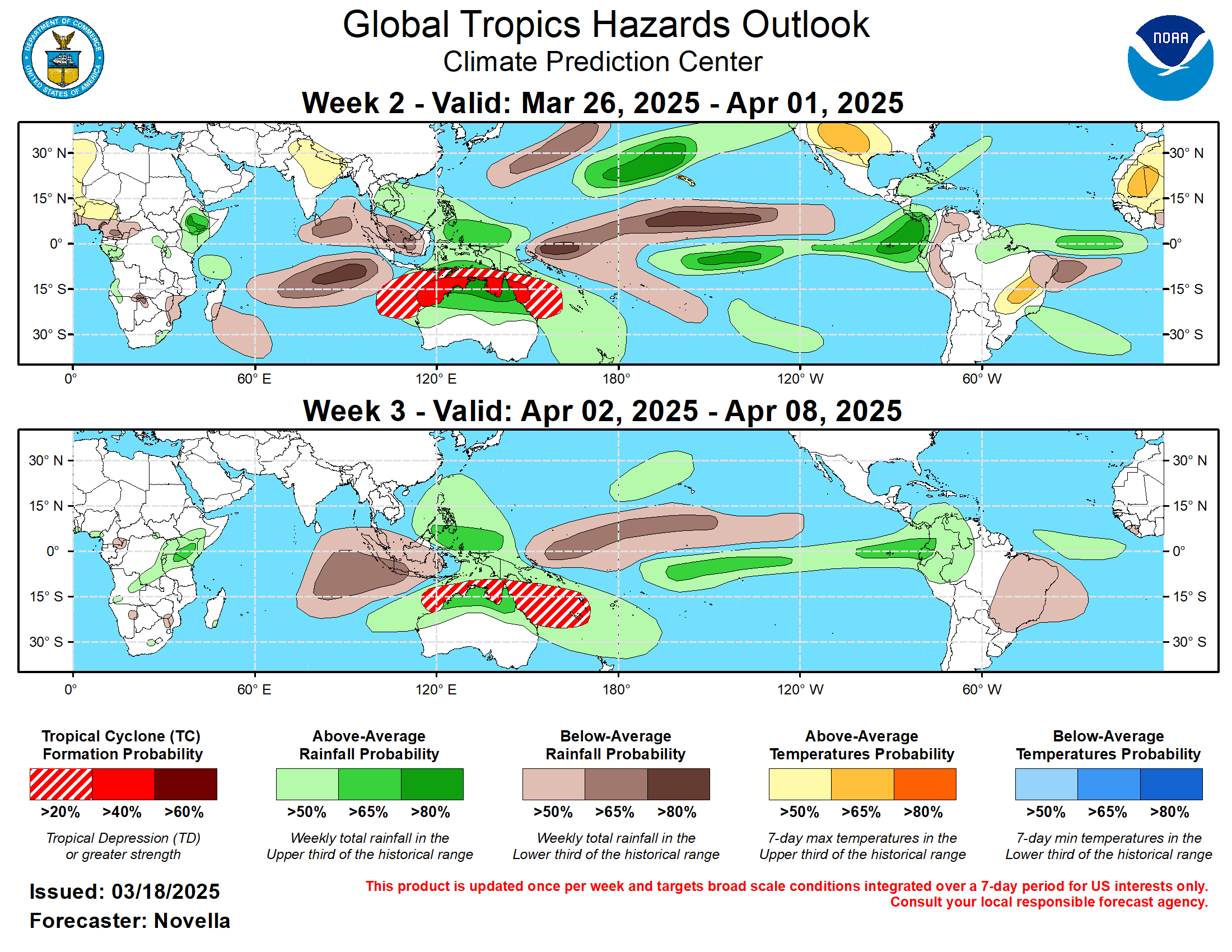This article focuses on what we are paying attention to in the next 48 to 72 hours. The article also includes weather maps for longer-term U.S. outlooks (up to four weeks) and a six-day World weather outlook which can be very useful for travelers.
First the NWS Short Range Forecast. The afternoon NWS text update can be found here after about 4 p.m. New York time but it is unlikely to have changed very much from the morning update. The images in this article automatically update.
Short Range Forecast Discussion
NWS Weather Prediction Center College Park MD
Thu Feb 13 2025
Valid 12Z Thu Feb 13 2025 – 12Z Sat Feb 15 2025…There is a Moderate Risk of excessive rainfall over parts of Southern
California on Thursday……There is a risk of rain/freezing rain over parts of the Pacific
Northwest with 0. 10 inches of ice accumulations possible on Thursday;
Rain/freezing rain over parts of the Northeast on Thursday and over parts
of the Central Plains to the Ohio Valley on Friday……Heavy snow over the Sierra Nevada Mountains and the highest elevation
across the West on Thursday; Heavy snow over parts of the Upper Midwest on
Friday……Temperatures will be 15 to 25 degrees below average across the
Upper/Middle Mississippi Valley and the Central/Southern Plains…On Thursday, an Arctic high over the Central/Southern Plains will slowly
move eastward to the off the Mid-Atlantic Coast by Saturday. The cold air
associated with the high will bring temperatures 15 to 25 degrees below
average across the Upper/Middle Mississippi Valley and the
Central/Southern Plains. The cold temperatures have prompted an Extreme
Cold Warning over the Northern Rockies to the Northern Plains. However,
the temperatures will start to moderate over the next few days.A front extending from the Lower Great Lakes to Central Appalachians and
then to the Central Gulf Coast will move off the Eastern Seaboard by
Thursday evening. The system will produce showers and thunderstorms from
the Central Gulf Coast to the southern Mid-Atlantic that will linger over
parts of the Southeast overnight Thursday.In addition, on Thursday, heavy snow will develop over Northern New
England and light to moderate snow will continue across the Great
Lakes/Ohio Valley, with heavier amounts downwind from Lakes Superior,
Erie, and Ontario. As the storm moves eastward, the ice storm ends in the
Central Appalachians. Ice accumulations from freezing rain will transition
to plain rain in the Central Appalachians. Dangerous travel conditions
will continue with ongoing power outages and tree damage. The snow over
the Great Lakes to the Northeast will wane on Friday morning.Meanwhile, a strong storm will move onshore Thursday over the West Coast.
The associate area of low pressure will move eastward from Northern
California/Pacific Northwest on Thursday to the Central High Plains by
Friday evening. The system will continue to move into the Southern Plains
by Saturday.On Thursday, the storm will produce heavy rain inland into the Central
Valley and Southern California. The rain will produce flash flooding in
urban areas, small streams, and some minor river flooding. Additionally,
the risk of flash flooding will be highest in and near recent burn scar
areas in Southern California. The flooding may include debris flows. Those
around recently burned areas should listen carefully to instructions from
local officials. Flash flooding in burn scars will be life-threatening.Therefore, the WPC has issued a Moderate Risk (level 3/4) of excessive
rainfall over parts of Southern California through Friday morning.
Numerous flash flooding events are possible. Many streams may flood,
potentially affecting larger rivers. Flooding may include debris flows in
or near recently burned areas.Moreover, significant mountain snowfall will develop as snow spreads into
much of the Western U.S. on Thursday and Friday. The heaviest snow will
develop in the Sierra Nevada Mountains, with 72 to 100 inches of snow.
Snow levels will rise through the event, but heavy snow is likely to cause
dangerous travel at many of the area passes due to snow-covered roads and
low visibility. Significant snow will also develop in the mountains of
Utah and western Colorado. Freezing rain will produce ice accumulations in
northwest Oregon, too.Furthermore, as the energy from the storm moves into the Rockies and
Mississippi Valley, moderate to heavy snow will develop over parts of the
Upper Mississippi Valley and Upper Great Lakes on Friday into Saturday.
Showers and thunderstorms will also develop over parts of the Southern
Plains/Lower Mississippi Valley and Tennessee Valley, along with the
adjacent portions of the Middle Mississippi and Ohio Valleys. Further,
rain will develop over parts of the Middle Mississippi Valley and Ohio
Valley. Moreover, rain/freezing rain will develop along the rain/snow line
from the Central Plains to the Ohio Valley on Friday into Saturday.
To get your local forecast plus active alerts and warnings click HERE and enter your city, state or zip code. If the Hazards Outlook is not updated click here but remember it does not update during the weekend.
Learn about wave patterns HERE.
Then, looking at the world and of course, the U.S. shows here also. Today we are looking at precipitation.
Please click on “Read More” below to access the full Daily Report issued today.
| Notices: What would you like to learn about? Please provide that to me via the comment section at the end of the article. |
Now more detail on the 48-Hour Forecast (It is a 48 to 72 Hour Forecast actually)
Daily weather maps. The Day 1 map updates twice a day and the Day 2 and 3 maps update only once a day. These maps update automatically. But if that does not happen, you can get updates by clicking HERE
TODAY (or late in the day the evening/overnight map will appear) (Key to surface fronts shown on maps and you will then also be able to insert a city name or zip code and get a local NWS forecast).
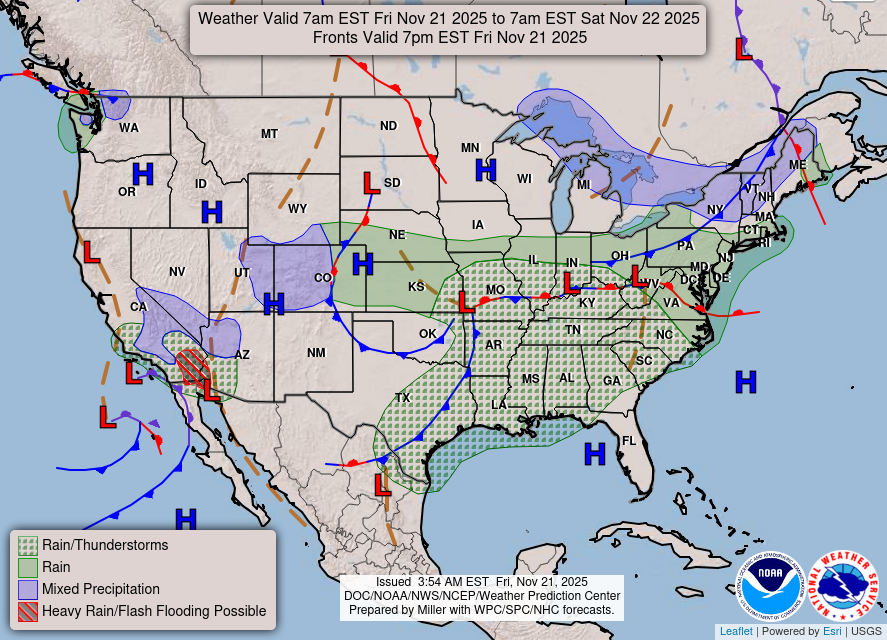
TOMORROW
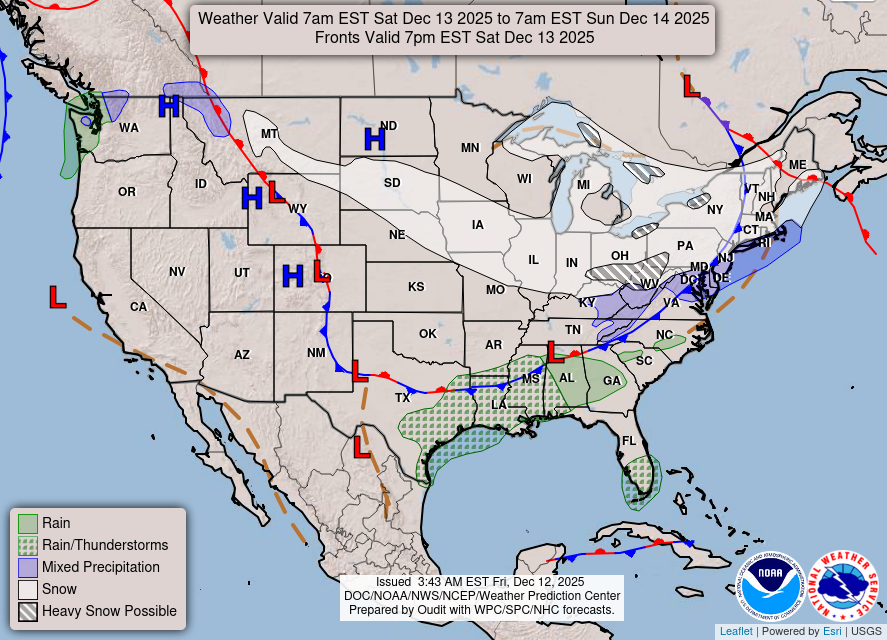
NEXT DAY
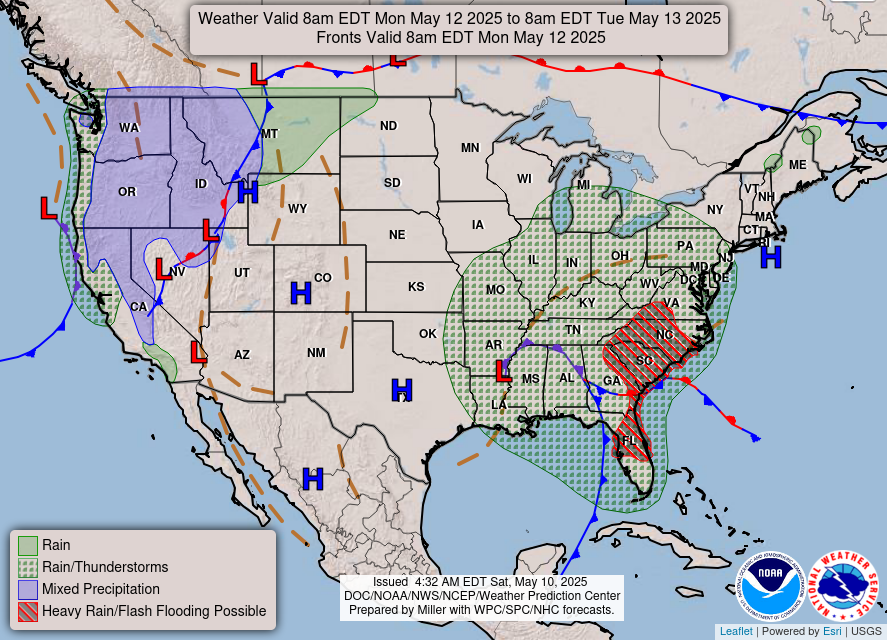
We have a new animation of the forecast which shows how things may play out over the next 60 hours. To update click ANIMATION. Doing so will get you to the dashboard. You can then step through the animation or hit LOOP on the upper right of the display. You will have to hit the back arrow ← at the top left on your computer to get back into this article. It is a little more trouble than before but I think NOAA scrapped the animation routine I was using so we have to keep up with “progress”.
The NWS Climate Prediction Center’s: Watches, Warnings, and Advisories plus other information can be found HERE. That takes you to the NWC Severe Weather Site. From there you can select among many categories of information. Remember to hit the back arrow ← at the top left of your screen to return to this article.
ATMOSPHERIC RIVERS
This tells us what is approaching the West Coast. Click HERE to update If I have not gotten around to doing the update. Here is some useful information about Atmospheric Rivers.

Below is the current five-day cumulative forecast of precipitation (Updates can be found HERE)
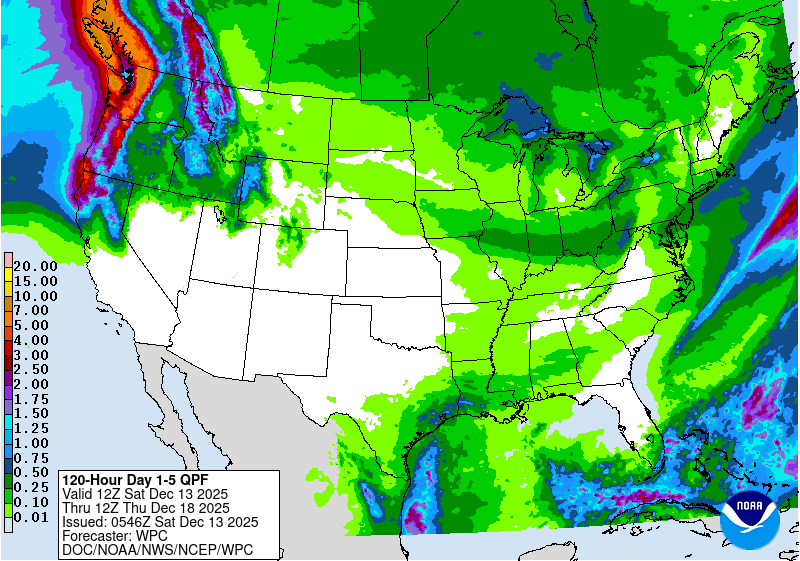
Ski SnowReports
New Feature – Ski Reports. It is difficult to find reports that auto-update on-screen (and they are very long) but these links will get you to them – If you have additional suggestions make them in the comments section after every Econcurrents Article and we may add those links. We will try to not have too much overlap as that can add to the confusion.
Snow Forecasts. And remember this shows natural snow. Ski resorts also make their own snow.
Day 1
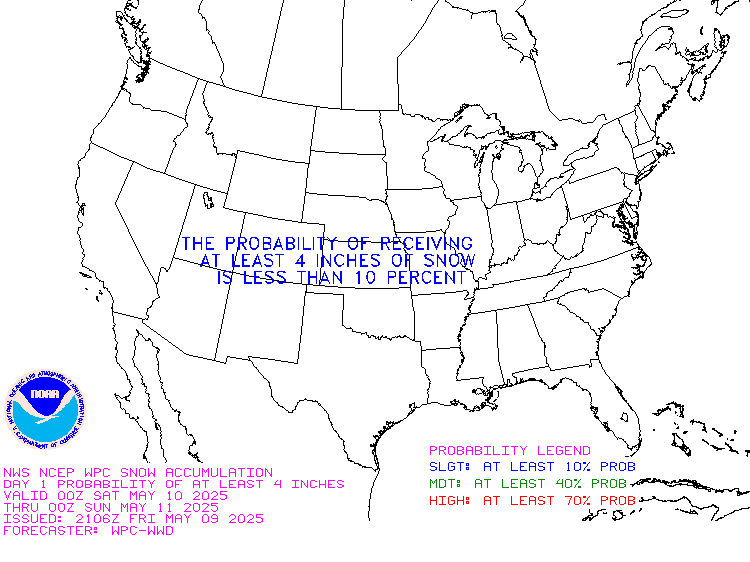
Day 2
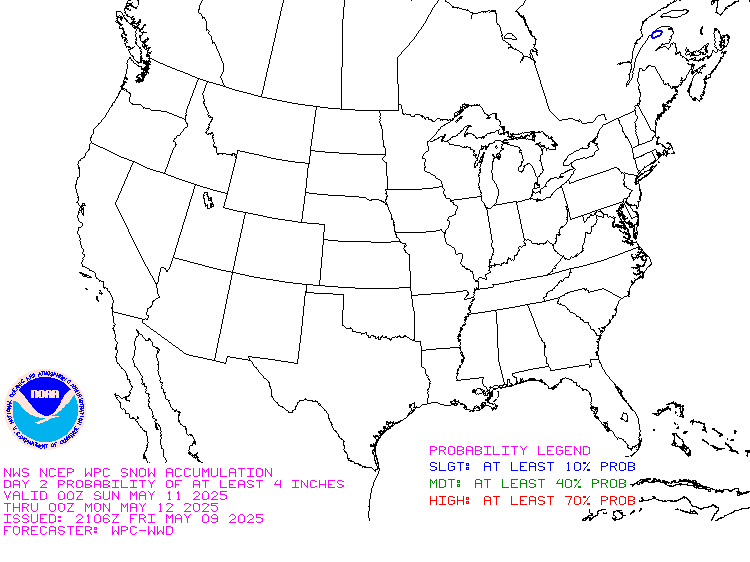
Now we look at Intermediate-Term “Outlook” maps for three time periods. Days 6 – 10, Days 8 – 14, and Weeks 3 and 4. An outlook differs from a forecast based on how NOAA uses these terms in that an “outlook” presents information as deviation from normal and the likelihood of these deviations.
Below are the links to obtain updates and additional information. They are particularly useful if you happen to be reading this article significantly later than when it was published. I always try to provide readers with the source of the information in my articles. These links may also be useful for those viewing this article on a cell phone or other small screen.
| Days 6 – 10 (shown in Row 1) | Days 8 – 14 (Shown in Row 2) | Weeks 3 and 4 (Shown in Row 3 but updates only on Fridays) |
| https://www.cpc.ncep.noaa. gov/products/predictions/610day/ | https://www.cpc.ncep .noaa.gov/products/predictions/814day/ | https://www.cpc.ncep.noaa.gov/products/predictions/WK34/ |
Showing the actual maps. They should now update automatically. The Week 3 – 4 Outlook only updates on Fridays. So below is what I call the Intermediate-term outlook. On Fridays, it extends out 28 Days. That declines day by day so on Thursday it only looks out 22 days until the next day when the Week 3 – 4 Outlook is updated and this extends the outlook by one additional week.
| 6–
10
|
|
|
| 8–
14 |
|
|
| 3–
4 |
|
|
HAZARDS OUTLOOKS
Click here for the latest complete Day 3 -7 Hazards forecast which updates only on weekdays. Once a week probably Monday or Tuesday I will update the images. I provided the link for readers to get daily updates on weekdays. Use your own judgment to decide if you need to update these images. I update almost all the images Friday Night for the weekend edition of this Weather Report. So normally readers do not need to update these images but if the weather is changing quickly you may want to.
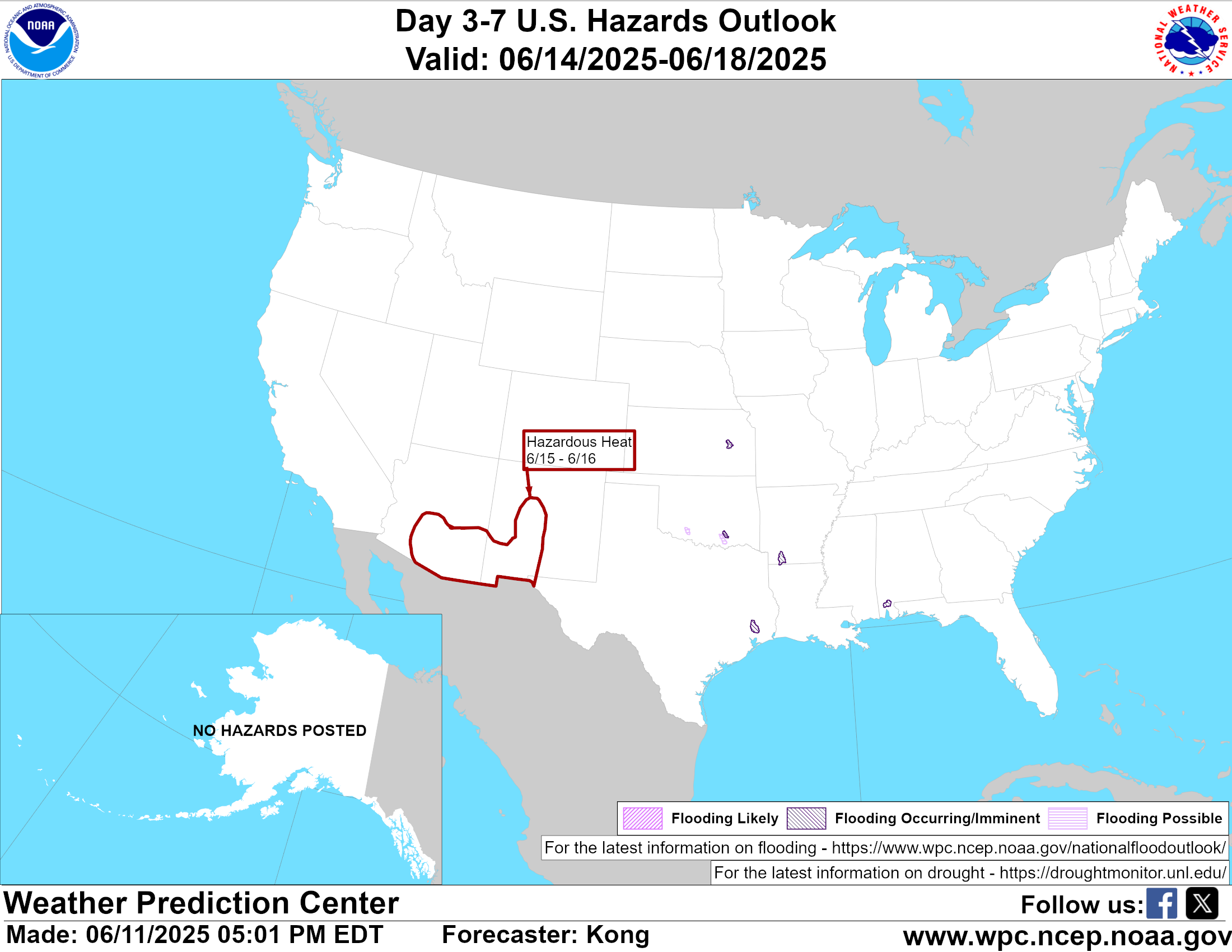
Temperature month to date can be found at https://hprcc.unl.edu/products/maps/acis/MonthTDeptUS.png
Precipitation month to date can be found at https://hprcc.unl.edu/products/maps/acis /MonthPNormUS.png
World Forecast [that website is has been intermittent so be patient]
Below are the Day 1 -3 and 4-6 forecasts for temperature and precipitation. Updates and much additional information can be obtained HERE
World Temperature Anomalies

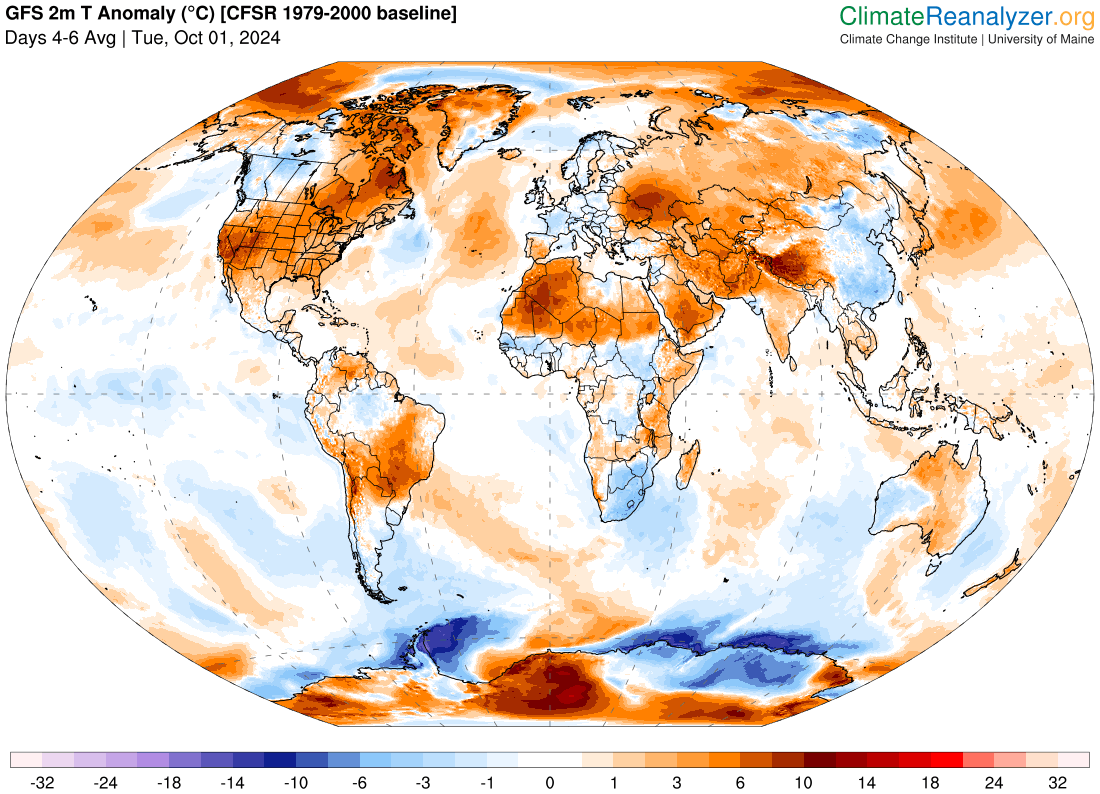
World Accumulated Precipitation
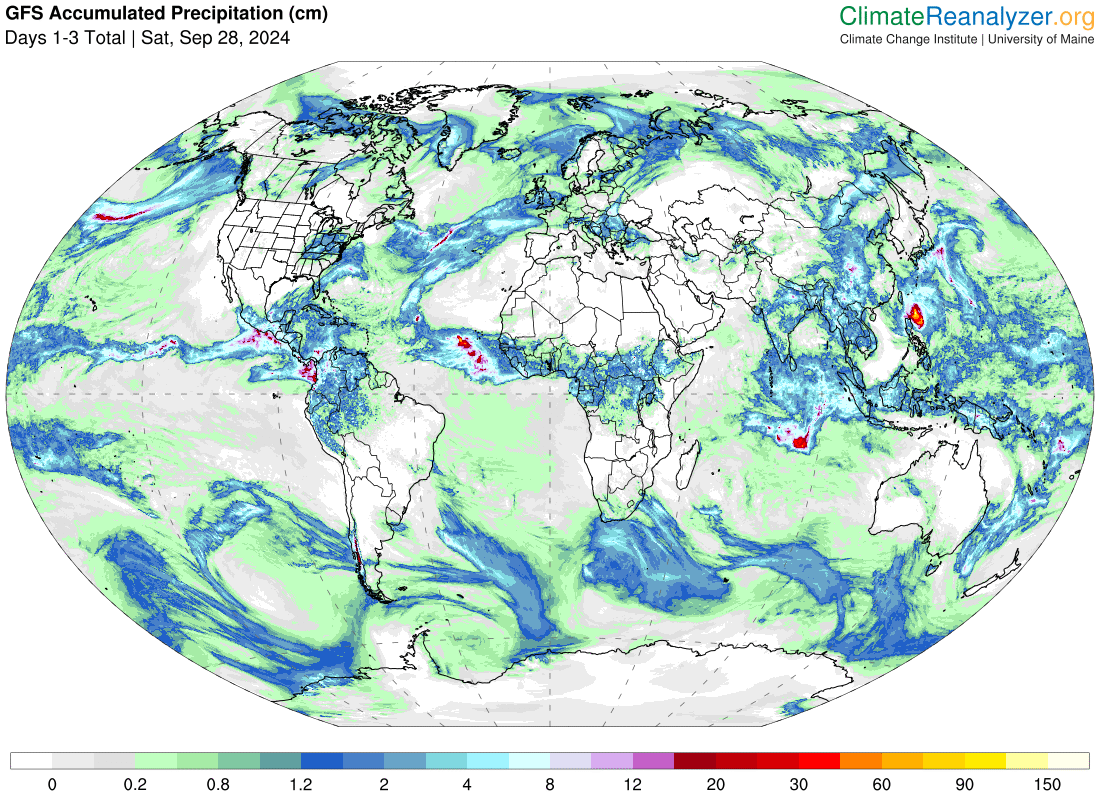
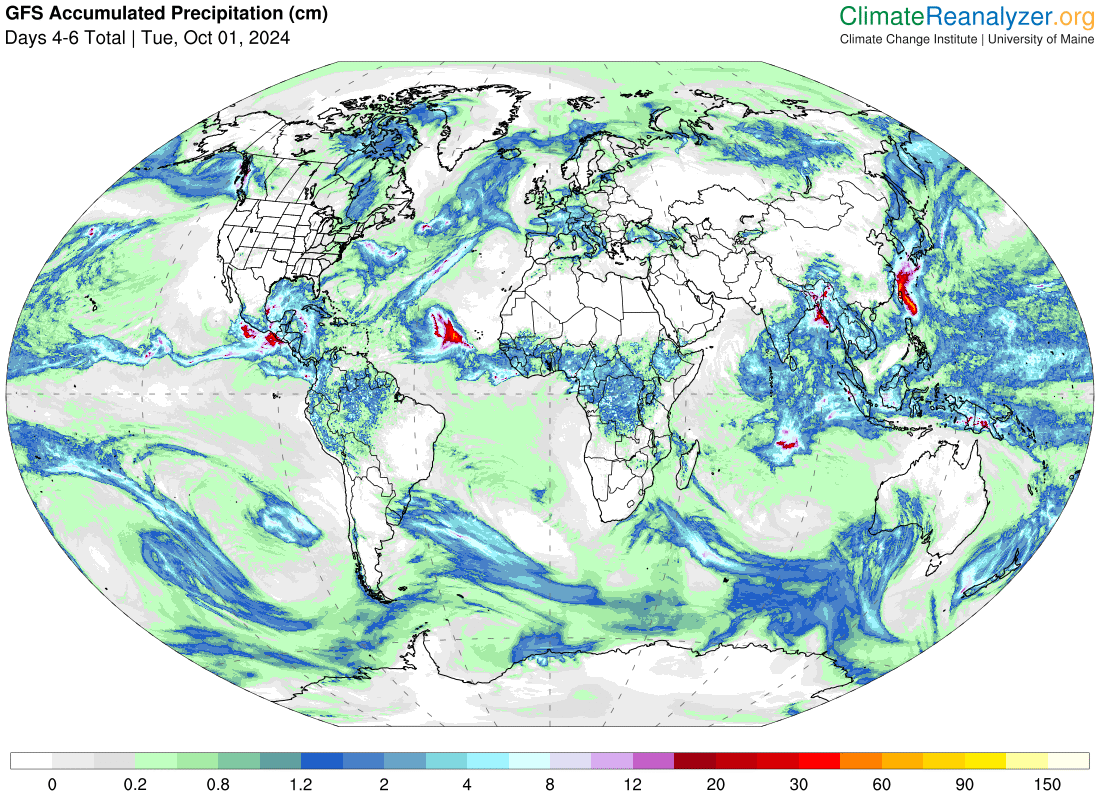
This information is provided by the University of Maine. They draw upon many different sources. There is a lot of information available at the link provided. I have just provided two useful forecasts. There are probably over a hundred different forecasts available from this source.
Worldwide Tropical Forecast (This is a NOAA Product)
This graphic updates on Tuesdays) If it has not been updated, you can get the update by clicking here Readers will only have to do that if they are reading this article much later than the date of it being published.
Information on Tropical Storms can be found HERE. Western Pacific information can be found HERE. Note that unless there is an out-of-season storm the below images will not update until the National Hurricane Center starts their seasonal update of these maps on June 1. I include them simply because there can be an out-of-season event in which case it should show up in these maps.
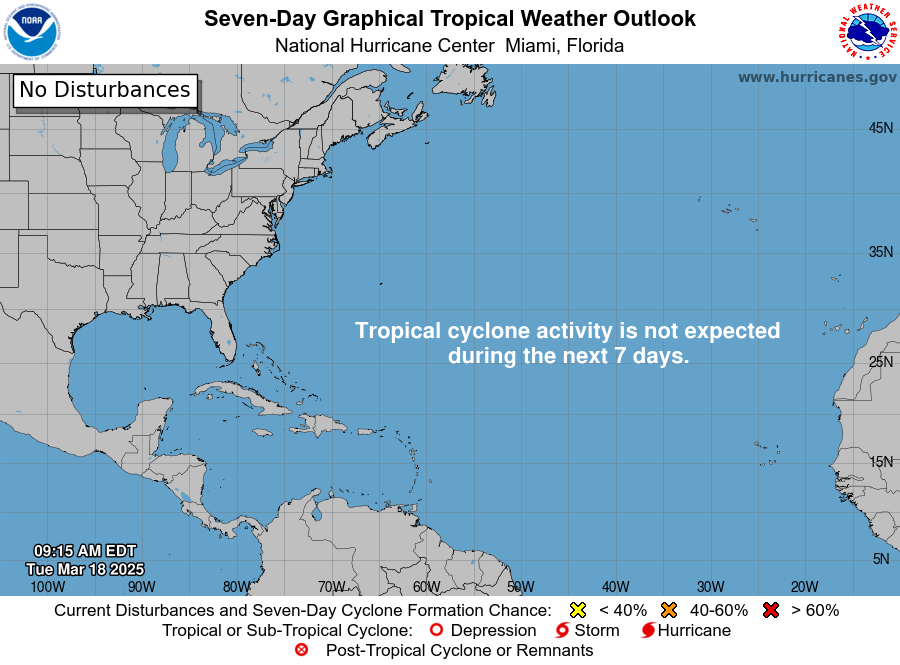
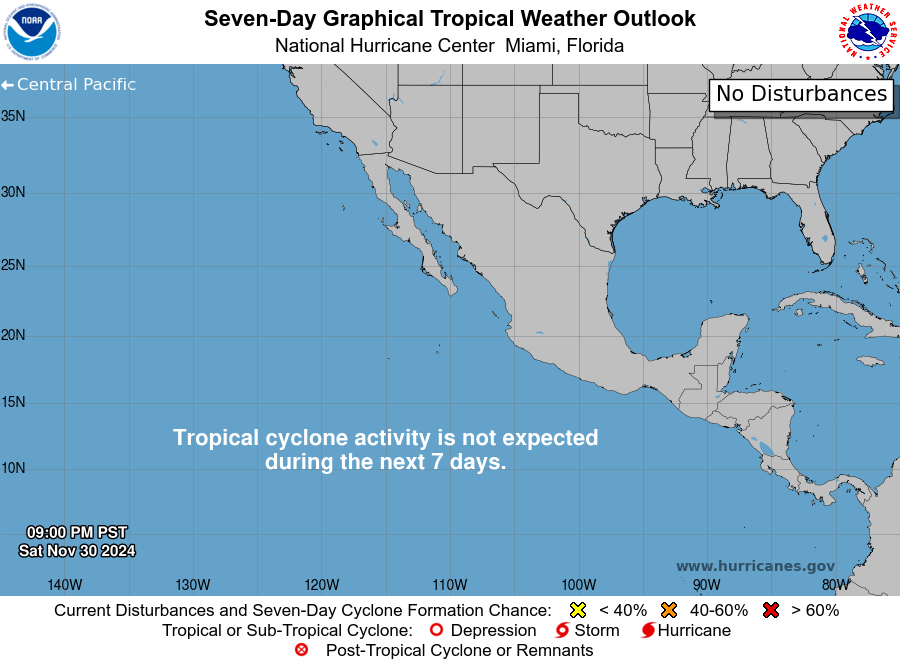
–
| I hope you found this article interesting and useful. |

